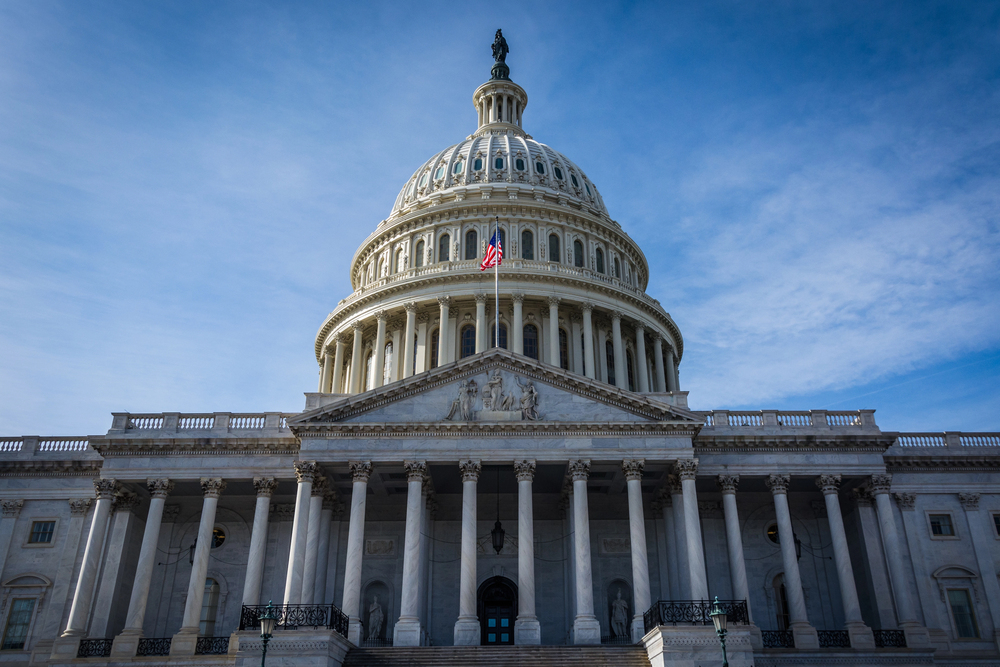3 Trends Impacting the Flood Insurance Market

By: Nick Orf
From California to the Eastern Seaboard, flooding is a perennial threat. At the beginning of spring this year, approximately 44% of the continental U.S. was at risk of flooding, according to the National Oceanic and Atmospheric Administration (NOAA).
The exposure to flood losses has forced more residents and business owners to purchase flood insurance. It also has insurers reevaluating the extent of their risks and taking a deep dive into their exposures to determine their rate adequacy.
Here are three trends impacting the flood insurance market:
1) Commercial Flood Coverage Challenges
On the commercial side, some insurers that offer all-risk coverage in their property programs are reducing flood limits or are no longer including flood coverage in their policies. As a result, we are seeing a spike in requests for monoline flood insurance for commercial risks.
While the National Flood Insurance Program (NFIP) can provide businesses with coverage, limits are capped at $500,000 per building and $500,000 for contents. For that reason, commercial clients that require higher limits or coverage for their loss of income exposure— which the NFIP doesn’t provide—must look to the private and excess markets.
Additionally, carriers that focus on large commercial accounts are scaling back their overall exposure. Insurers don’t want to be overexposed on any one account or in any one area. In previous years, carriers provided limits of $10 million or higher. However, with most carriers deploying less capacity on any given account, available limits now range from $2.5 million to $5 million. It takes two or three carriers to build up higher limits.
Further, carriers are restricting their appetite in geographic areas such as California and Florida due to their loss exposure. Insured losses from floods in California as of January 2023 were estimated at between $500 million and $1.5 billion, including losses to the NFIP and private flood market, according to Moody’s RMS.
2) Risk Rating 2.0’s Mixed Effects
The NFIP changed the way it calculates flood insurance premiums with FEMA’s Risk Rating 2.0 program in Oct. 2021. The changes included the following:
- Premiums reflect an individual property’s risk, including structural variables such as the type of foundation, the height of the lowest floor of the structure relative to base flood elevation and the replacement cost value of the structure.
- Premiums reflect more types of flood risk in rates.
- The latest actuarial practices will be used to set risk-based rates.
The idea behind the changes was for rating to become more equitable, so that higher-valued properties pay higher premiums because it costs more to replace damaged property. Since the implementation of Risk Rating 2.0, some homeowners have seen premium increases while others have seen decreases. It has also been easier for individuals to secure NFIP quotes because they are no longer required to submit an elevation certificate to get coverage.
Over the last two years, FEMA received a great deal of feedback on the new rating program. Results were mixed, with recommendations submitted to FEMA and lawmakers to consider. Among the feedback provided by some groups and nonprofits are concerns that the rates for lower-income households haven’t sufficiently decreased, with calls for more equitable rating across the board.
3) Private Market Flood Insurance vs. NFIP
Both the NFIP and private flood insurance market can provide similar coverages; although, private market policies can provide higher limits and offer business income coverage. In addition, it’s possible to insure multiple properties on a single policy through the private market, whereas the NFIP requires you to have separate policies for each property.
The private market also develops its rates differently from the NFIP, with each carrier using various risk modeling platforms. Generally, the NFIP is a bit more competitive in the higher-risk A and V flood zones while the private markets are more competitive in Zone X. Also, the federal program typically has lower deductible options for primary coverage.
Often, insureds obtain NFIP primary coverage and then have private markets provide excess limits. Pairing NFIP and coverage through the private market is one way to achieve higher limits if an insured needs them.
Nick Orf is area assistant vice president of flood at Risk Placement Services (RPS).










